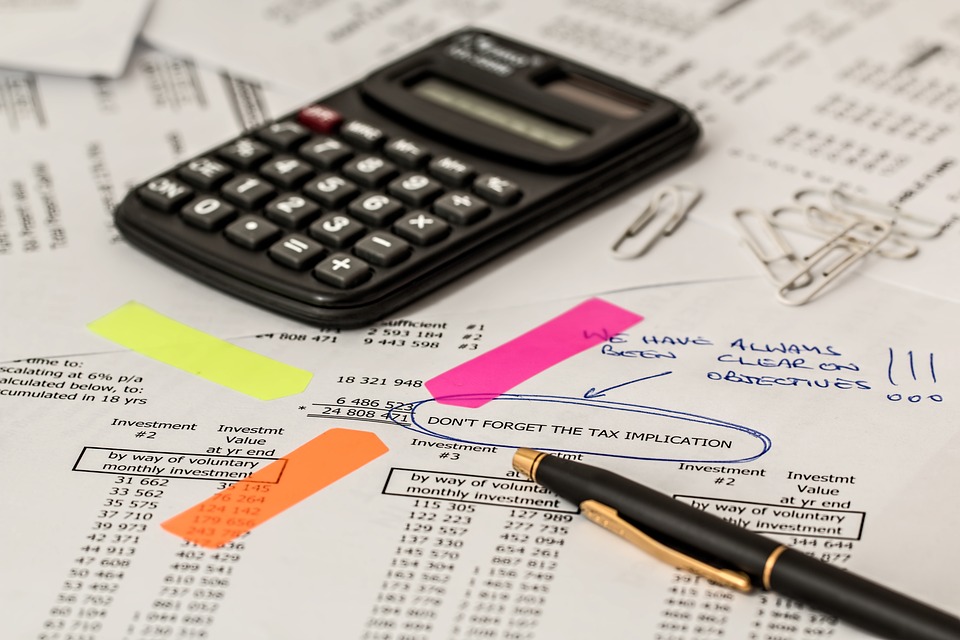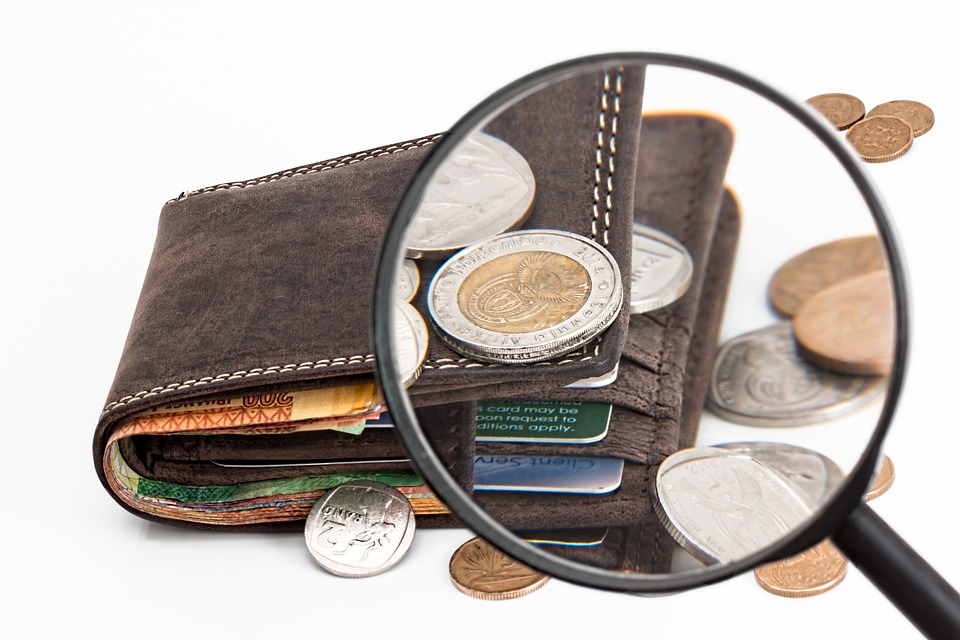
A Crucial Guide to Creating an Emergency Fund in Times of Recession
An emergency fund is a savings account that can be used to cover unanticipated expenses such as car repairs or medical bills. Keeping an emergency fund on hand can help you avoid going into debt or relying on high-interest credit cards to cover unexpected expenses. The following is a step-by-step guide to creating an emergency fund:
Establish an Emergency Fund Goal
The first step in putting together an emergency fund is determining how much money you’ll need to save. Aim for three to six months’ worth of living expenses as a starting point. This will provide you with a safety net in the event of a financial emergency.
Open a High-Yield Savings Account
To store your emergency fund, open a high-yield savings account. Because these accounts pay higher interest rates than traditional savings accounts, your money will grow faster. Look for a low-fee account with easy access to your funds.
Create a Savings Plan
Determine how much money you can realistically save each month and create a savings plan to help you reach your goal. You could decide to set aside a certain percentage of your paycheck each month or a certain amount of money each week.
Reduce Unnecessary Expenses
To build your emergency fund faster, consider reducing unnecessary expenses. This could include canceling subscription services, eating less out, or finding ways to reduce your monthly bills.
Increase Your Income
If you’re having trouble saving money, think about increasing your income. This could include getting a raise at work, starting a side business, or selling items you no longer require.
Automate Your Savings
Automating your savings is a simple way to save money. Each month, you can set up automatic transfers from your checking account to your emergency fund account. You won’t have to think about it, and you’ll be accumulating your emergency fund without even realizing it.
Following these steps and being consistent with your saving will allow you to build a solid emergency fund to protect yourself in the event of a financial emergency. Remember that it is preferable to be prepared with an emergency fund than to be caught off guard without one.
Investing in Bonds with Your Emergency Fund
Having an emergency fund to fall back on in case of a financial emergency is especially important during a recession. While cash is usually the most liquid and easily accessible option for an emergency fund, in an inflationary period, the value of your cash can diminish when compared to increase prices. Bonds can be a good option to hedge against inflation in some cases. Consider the following when using bonds for your emergency fund during a recession:
- Government bonds or bonds issued by large, well-established companies are considered less risky during recessions than bonds issued by smaller or less established companies. This is because these bonds are thought to have a lower credit risk. Credit risk is the risk that the bond’s issuer will fail to make interest or principal payments.
- During an inflationary period, inflation-protected bonds, such as Treasury Inflation-Protected Securities (TIPS), can also be a good option. TIPS offer a fixed rate of return, but the principal is inflation-adjusted, which can help protect against the loss of purchasing power.
- Shorter-term bonds are less sensitive to interest rate changes than longer-term bonds when it comes to maturity. Short-term bonds may be a better option during recessions when interest rates are likely to be low because they mature sooner and can be reinvested at higher interest rates. It’s also important to remember that bond prices can fall during a recession, especially if interest rates rise. This is because when interest rates rise,the value of existing bonds falls as new bonds with higher interest rates are issued. It’s also worth noting that bonds with longer maturities can be more sensitive to changes in interest rates than those with shorter maturities.
To summarize, when investing in bonds during recessions and inflationary periods, it is important to consider the creditworthiness of the issuer, the maturity of the bond, and the interest rate environment. A diversified bond portfolio can help mitigate the risk. However, it’s important to keep in mind that bonds are not risk-free and the value of bonds can decline during a recession, so it’s important to have a well-diversified portfolio. Remember that having a emergency fund is crucial for any individual or family, it will give you peace of mind knowing that you have a safety net in case of any financial emergency.
Investing in Gold and Silver with Your Emergency Fund:
The following are some of the advantages of using gold and silver as an emergency fund during a recession:
Inflation protection: The value of gold and silver tends to hold up well during times of inflation, whereas the value of fiat currency (paper money) can fall.
Gold and silver are considered safe haven assets, which means that they are frequently sought-after during times of economic uncertainty. Gold and silver prices have historically risen during recessions and financial crises.
Liquidity: Physical gold and silver can be safely stored and easily liquidated in times of need.
Diversification: Including gold and silver in your emergency fund can help diversify your portfolio and lower your overall risk.
Hedging against currency risk: Because gold and silver are not tied to any specific currency, they can assist in mitigating currency risk.
It is important to note that the price of gold and silver can be volatile, and their value can fluctuate greatly in a short period of time, so when deciding whether or not to use gold and silver as an emergency fund during a recession, all of these factors must be considered. Furthermore, while gold and silver prices do not always move in the opposite direction of the stock market, it is always a good idea to have a well-diversified portfolio.
Conclusion:
Finally, an emergency fund is an important savings account that can help cover unexpected expenses and reduce reliance on high-interest credit cards. Establishing a goal, opening a high-yield savings account, developing a savings plan, reducing unnecessary expenses, increasing income, and automating savings are all steps in creating an emergency fund. Investing in bonds during a recession or inflationary period can also provide a hedge against inflation. When making these investments, however, it is critical to consider the credit risk, inflation protection, and maturity of the bonds. Finally, having an emergency fund is critical in protecting yourself from financial emergencies.




















